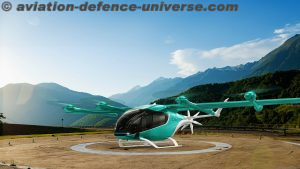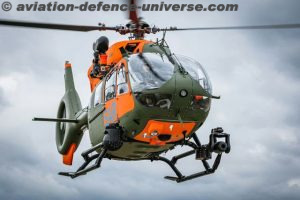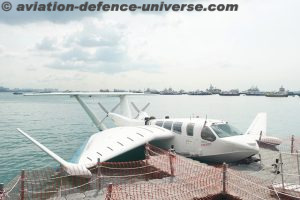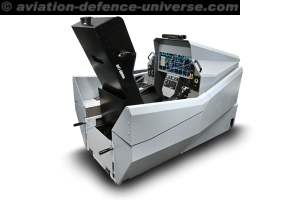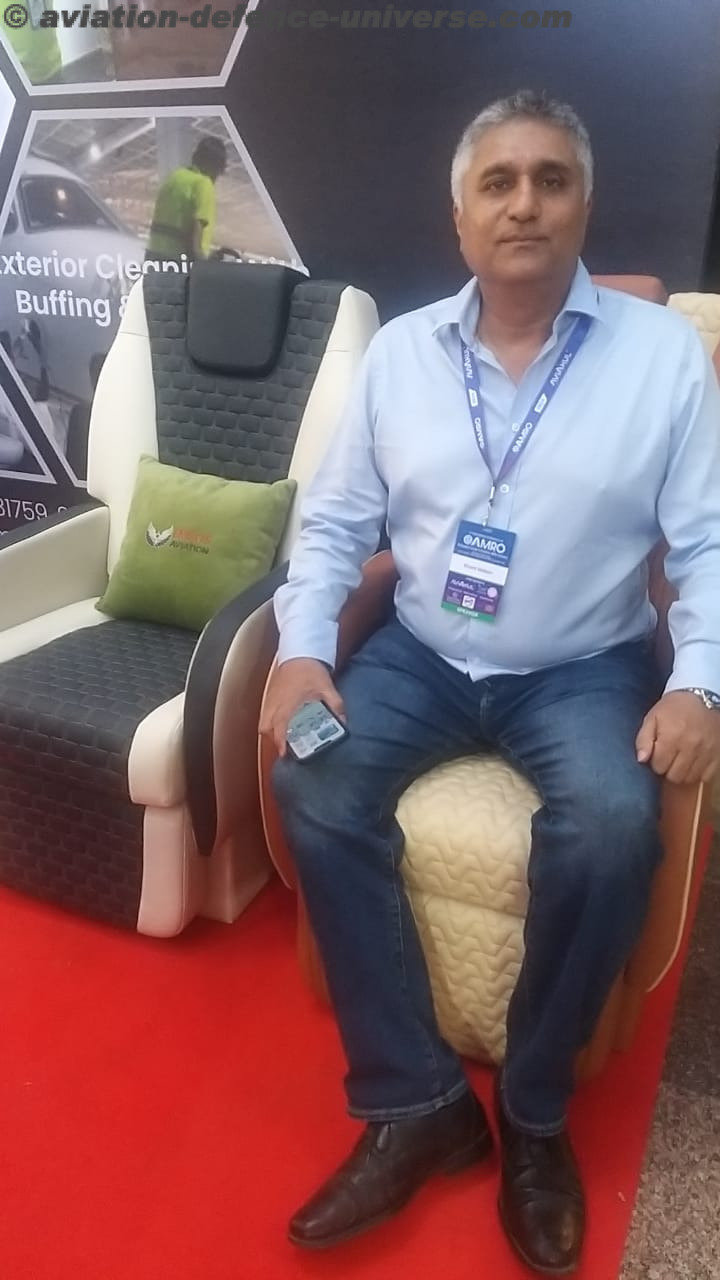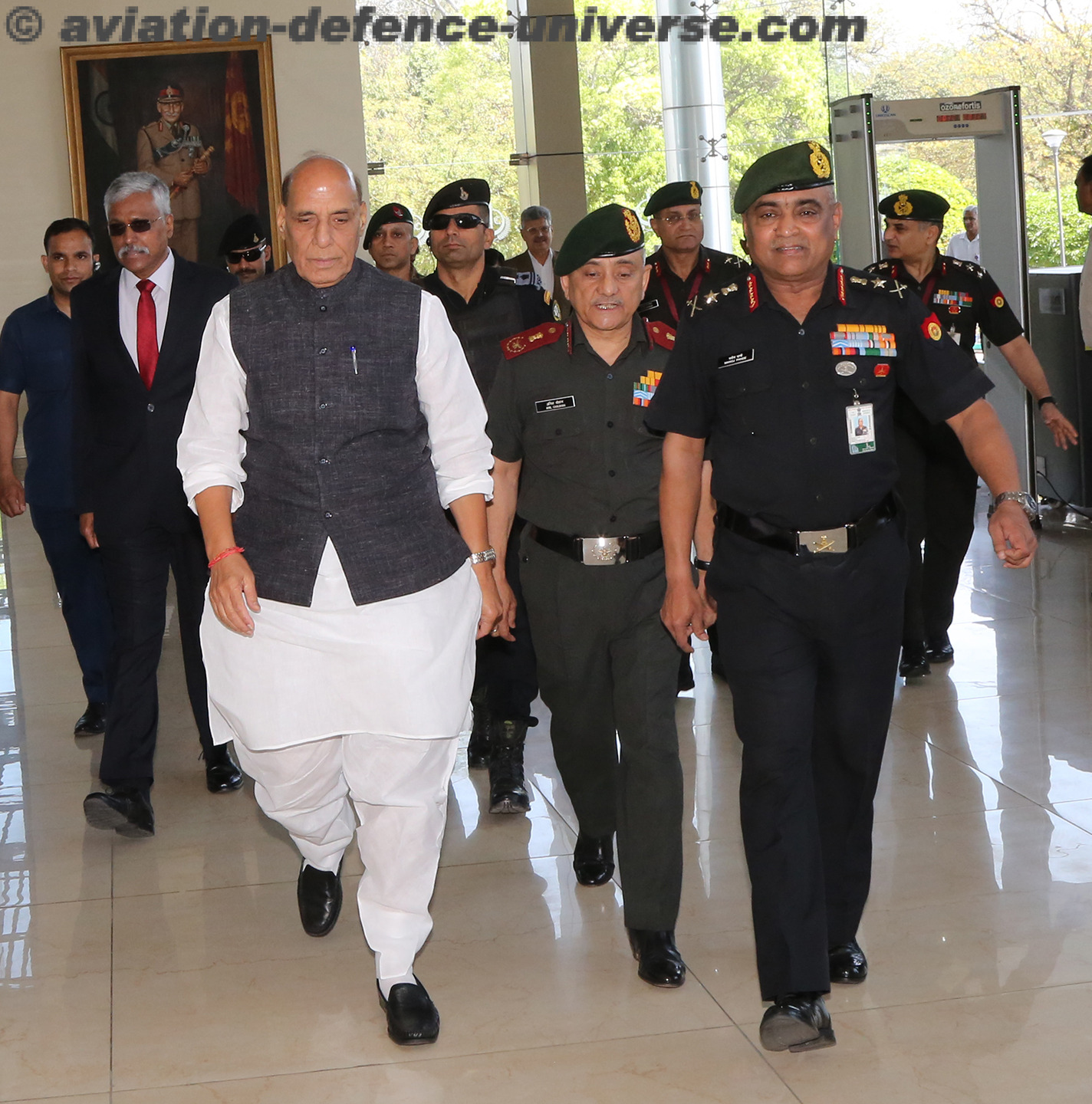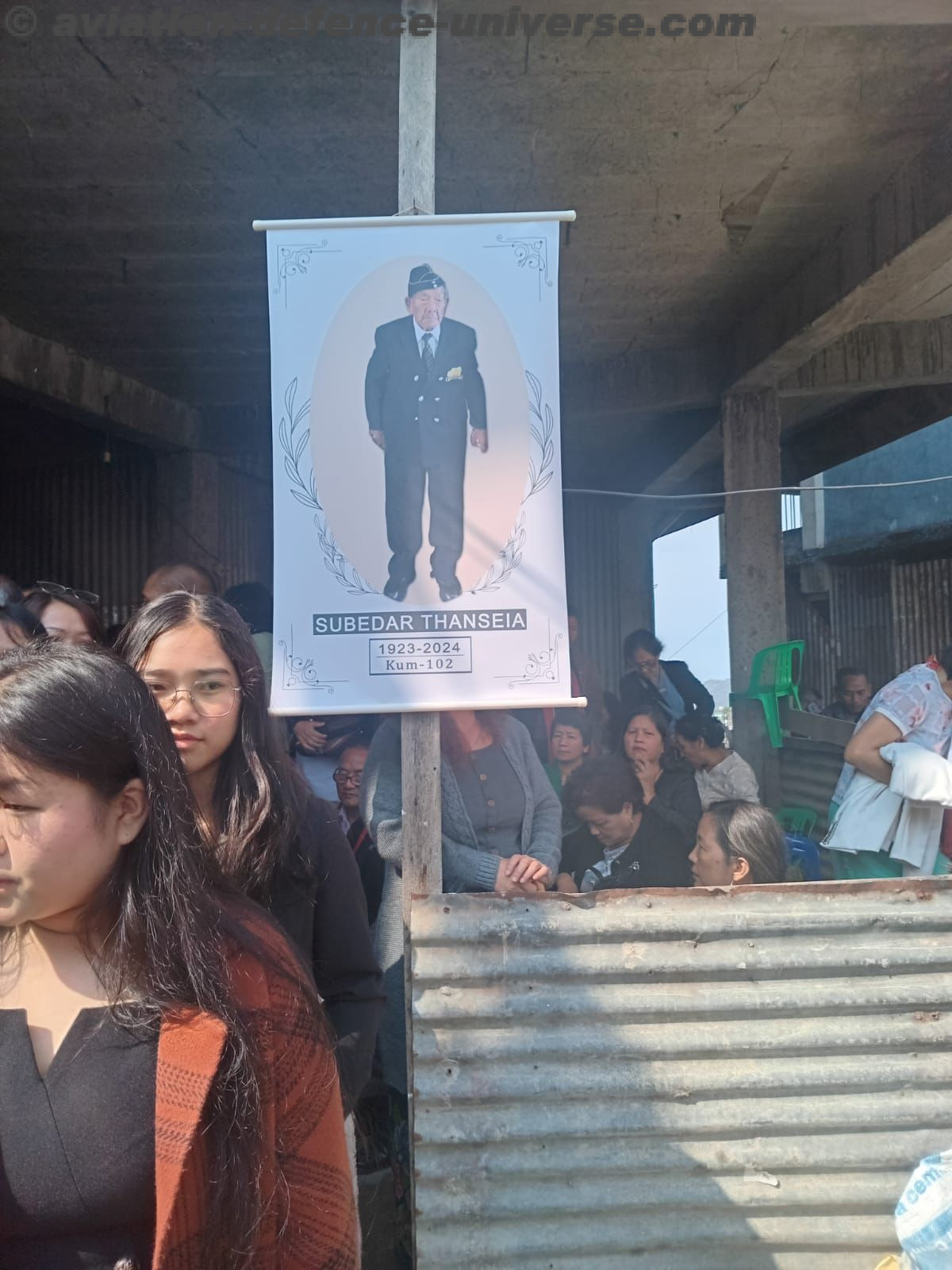Bethesda. 09 June , 2016. The government and the Social Democrats, the Danish People’s Party, Liberal Alliance and the Social Liberal Party have agreed on the acquisition of new fighter aircraft to replace the current F-16 aircraft.
The parties agree that the acquisition of new fighter aircraft to replace the F-16 combat aircraft is an investment in the Defense’s future ability to protect Denmark and Danish interests. The acquisition continues Denmark’s current operational capabilities in fighter aircraft and ensure that Denmark continues to have freedom of action and ability to assert Danish sovereignty, the ability to be deployed in international operations in line with the commitments in relation to NATO’s demands and ultimately contribute to NATO’s collective defense of Danish and allied territory. Denmark’s ability as a sovereign state to safeguard its own security and Danish interests depends on the Defense’s ability to maintain flexible and powerful capabilities, including combat aircraft.
DoD’s New Fighter Program Office evaluated the three participating fighter aircraft (Eurofighter Typhoon, F-35A Joint Strike Fighter and the F/A-18F Super Hornet) in strategic, military, economic and industrial conditions. In all four evaluation areas F-35A Joint Strike Fighter is rated higher than the other fighter aircraft. Based on the evaluation results, the parties agree that the future Danish fighter must be F-35A Joint Strike Fighter.
The parties note that the F-35 is still in the development phase, meaning that there is and will remain a number of risks associated with the aircraft’s development. The parties want to follow the development of the F-35 program closely and will be regularly informed of progress and risks in the program.
Based on the current level of ambition for the assignment of combat aircraft, the parties agree to purchase 27 F-35A Joint Strike Fighters.
The parties note that there are a number of optimizations and efficiency improvements that form the basis of the evaluation result. The parties note that the Defense should have the freedom to determine the specific initiatives for streamlining and optimizing the fighter capability so that problem solving can be done without compromising safety.
With the F-16 aircraft’s usage pattern, it is expected that the last F-16 aircraft is phased out by the end of 2024. The phasing in of the Joint Strike Fighter aircraft is expected go on for a period of six years (2021-2026). The delivery plan enables that the national tasks can be solved independently with a new fighter aircraft from 2024. This means that rejection preparedness will be maintained continuously.
As for deployment in international operations, there may be a limited number of fighter aircraft deployed during 2025, while the solution of national tasks is maintained. From 2027 it is expected that the Joint Strike Fighter can solve the all tasks, both nationally and internationally.
The parties are aware that there will be a period of approximately five years (2022-2026) where the Danish fighter will not be able to perform the all tasks in international operations. In the period 2022-2024 there will be no international operations.
The purchase amount accumulated over the phase-in period is about 20 billion kroner.
The parties agree that the ambition is that efficiency improvements are implemented so that there is no reductions in other Defense operational capabilities. Minister of Defense will in negotiations on the new Defense submit a proposal for these efficiencies.
The parties note that the determination of the acquisition cost will only happen after contracting with the supplier. The parties agree that uncertainties will be financed within the Defense’s economic framework.
Minister of Defence will present a document to the Parliamentary Finance Committee on the overall cost, and the parties notes that the defense minister will return to the Finance Committee, if during the acquisition process any important differences, including economic differences.
The parties further note that the National Audit Office has indicated that the National Audit Office at the appropriate time will take the initiative to revise the fighter acquisition.
It is noted that the new fighter is expected to be purchased in a number of so-called “block buys” covering several years’ deliveries. The parties to the Agreement have agreed that prior to contracting for the last six aircraft a status will be made by the parties behind the defense agreement. At this point the parties can decide to purchase fewer aircraft if the first aircraft are not delivered on time and to the expected price.
The parties agree that the Danish fighter aircraft will continue to operate from Skrydstrup, which will be rebuilt and prepared to receive F-35 fighter jets. It is further noted that the parties behind the defense agreement may decide to acquire more aircraft within the defense’s economic framework.
The conciliation parties agree that there should be a special effort to promote Danish business opportunities to coproduce the aircraft and for that purpose a facilitating mechanism will be established.
Year 2018 2019 2020 2021 2022 2023 2024 2025 2026 total
Number of aircraft 0 0 0 4 6 7 4 3 3 27

































